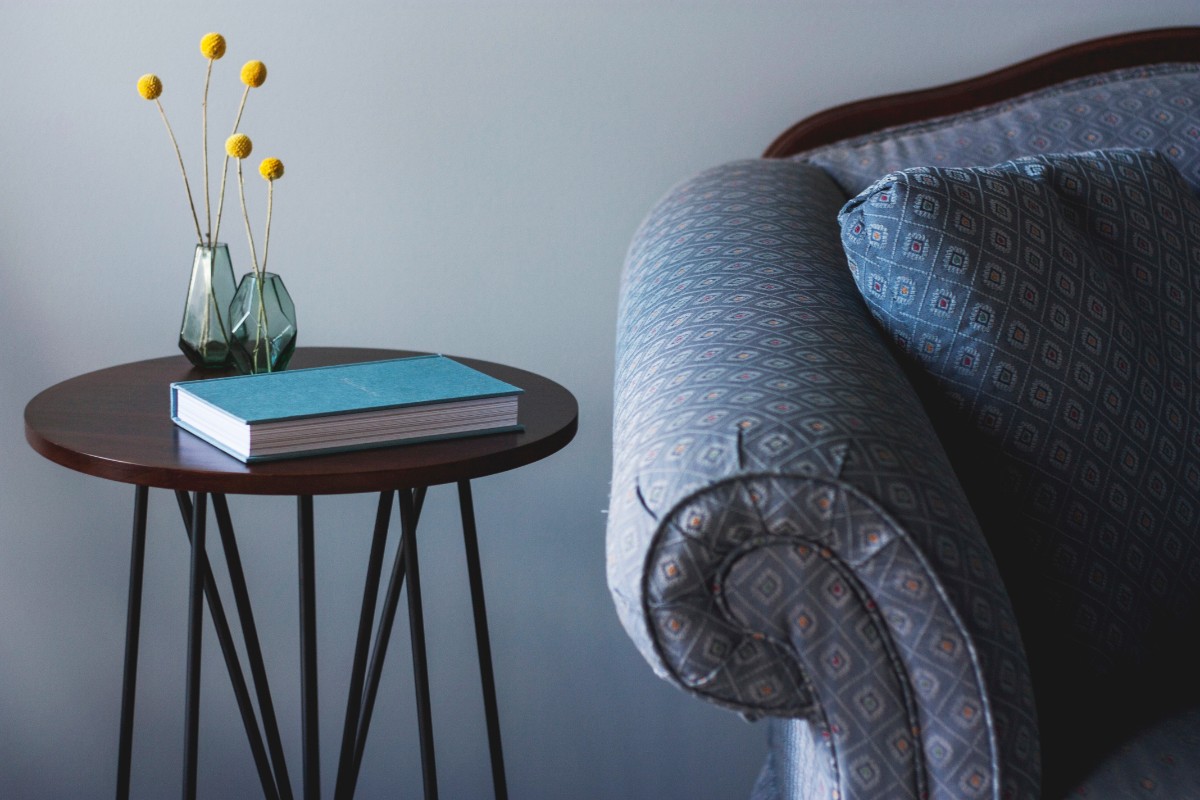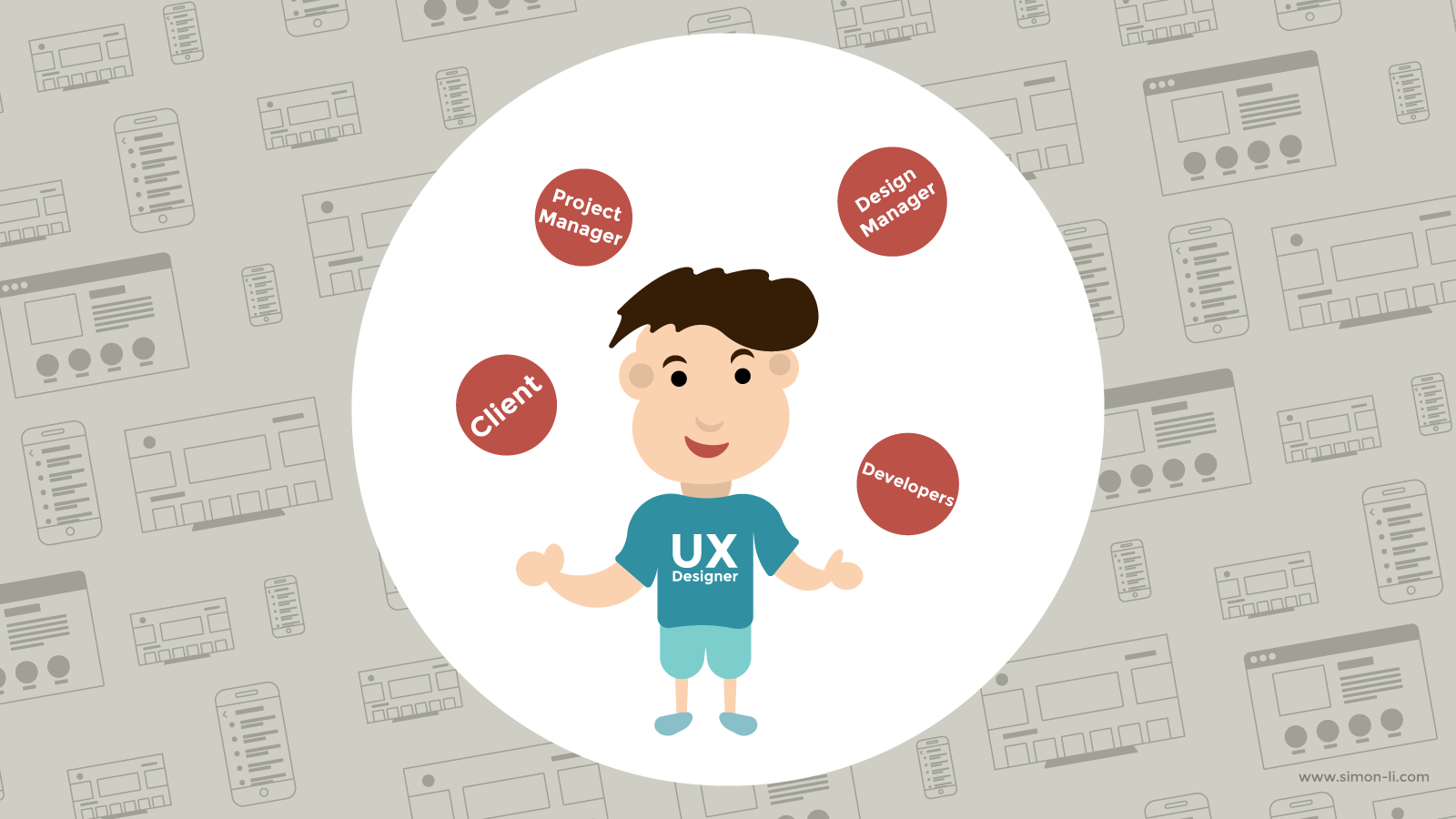Recently, I was participating in a few designer interviews. After the first round, candidates would be given a design exercise which they would need to complete and present to us remotely in the second round. We would then look at the design, ask them questions and provide feedback during their presentations.
From interviewers’ perspective, understanding a candidate’s design could be challenging. Candidates usually need to go through many screens in a short period of time. Maybe the candidate is not so good at explaining the rationale behind his or her design. Sometimes there could be problems with the connection which lead to poor audio or video. In these circumstances, how can we critique a design effectively and provide the candidate with valuable feedback?

